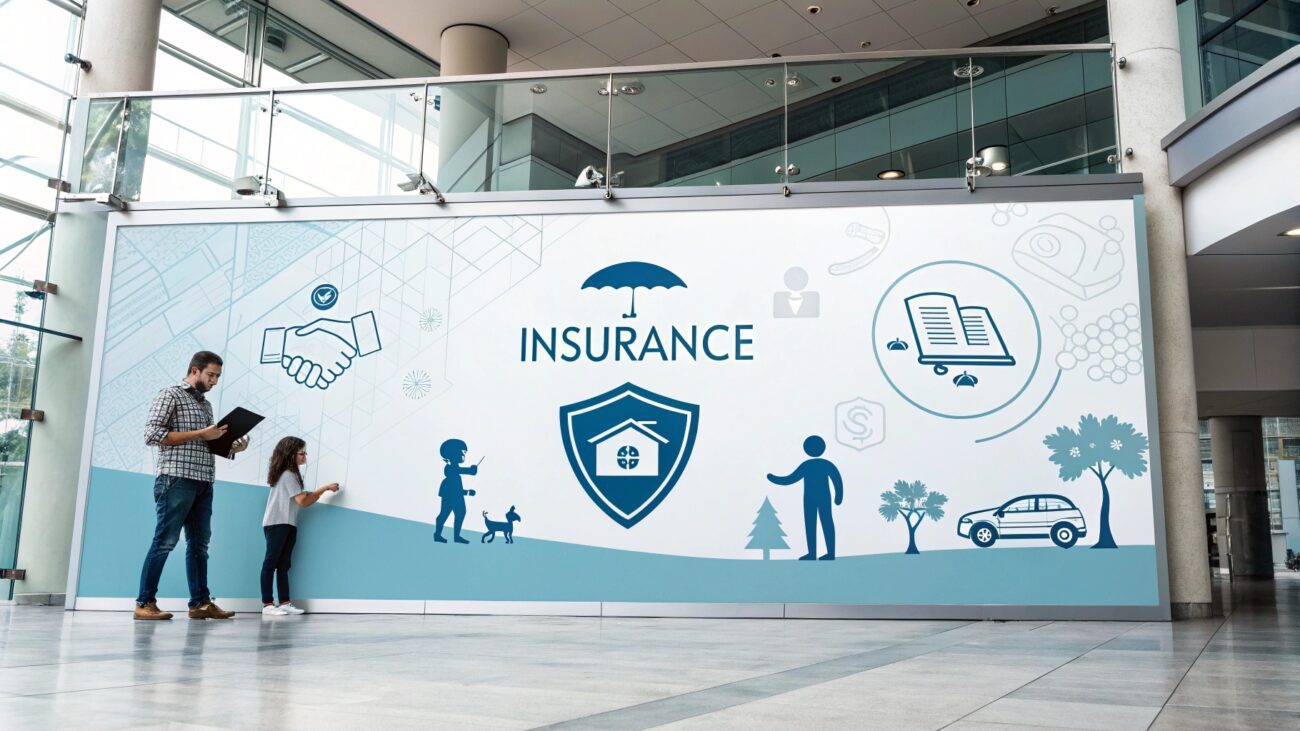If you live in a Flood Zone AE, understanding the insurance requirements is crucial. Flood Zone AE areas are prone to significant flooding, making flood insurance not just a recommendation, but often a necessity. This article breaks down everything you need to know about flood insurance in these zones.
Understanding Flood Zone AE
Flood Zone AE is designated for areas with a 1% annual chance of flooding, also known as the 100-year floodplain. Properties in these zones usually require flood insurance if they have a federally backed mortgage.
Why is Flood Insurance Required?
Here are the main reasons why flood insurance is often mandatory:
- Mortgage Lenders’ Requirements: If your property is in a high-risk flood area, lenders typically impose flood insurance as part of your mortgage agreement.
- Government Regulations: The National Flood Insurance Program (NFIP) mandates flood insurance in specified zones.
- Cost of Flood Damage: Floods can cause significant damages, and having insurance offers financial protection.
Key Features of Flood Zone AE Insurance
Flood insurance for Zone AE typically includes coverage for:
- Building Property: Covers the structure and foundation of your home.
- Personal Property: Covers your belongings, including appliances and furniture.
- Additional Living Expenses: Covers costs for temporary housing if you cannot live in your home due to flooding.
Types of Coverage Available
There are two main types of flood insurance coverage:
- Building Coverage: Protects the physical structure of the home, including major appliances.
- Contents Coverage: Protects personal belongings inside the home.
How to Purchase Flood Insurance
Purchasing flood insurance can be done through various channels:
- Insurance Agents: Speak with a local insurance agent who specializes in flood insurance.
- Nfip.gov: Visit the NFIP website for options and guidelines.
Cost of Flood Insurance in Flood Zone AE
The cost of flood insurance can vary significantly based on several factors:
- Location: Proximity to water sources can affect rates.
- Coverage Amount: Higher coverage usually means higher premiums.
- Building Elevation: Homes built at higher elevations may qualify for lower rates.
Frequently Asked Questions
Is flood insurance included in homeowners insurance?
No, typical homeowners insurance policies do not cover flood damage. Separate flood insurance must be purchased.
Are there any exceptions for flood insurance requirements?
Some federally backed loans may still require flood insurance regardless of property elevation, but consulting with your lender is crucial.
Final Thoughts
Being aware of your flood zone status and the corresponding insurance requirements can protect you from significant financial losses. Always consult an insurance professional to get tailored advice based on your specific situation.
If you’re in a Flood Zone AE and need assistance navigating your options, don’t hesitate to contact us for personalized guidance!
